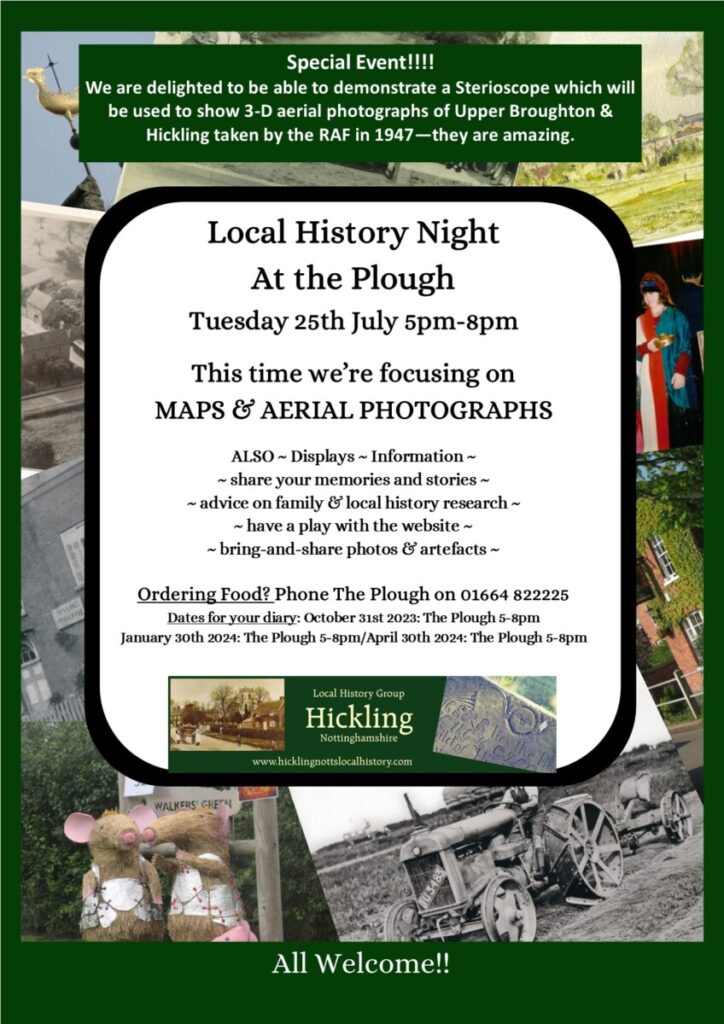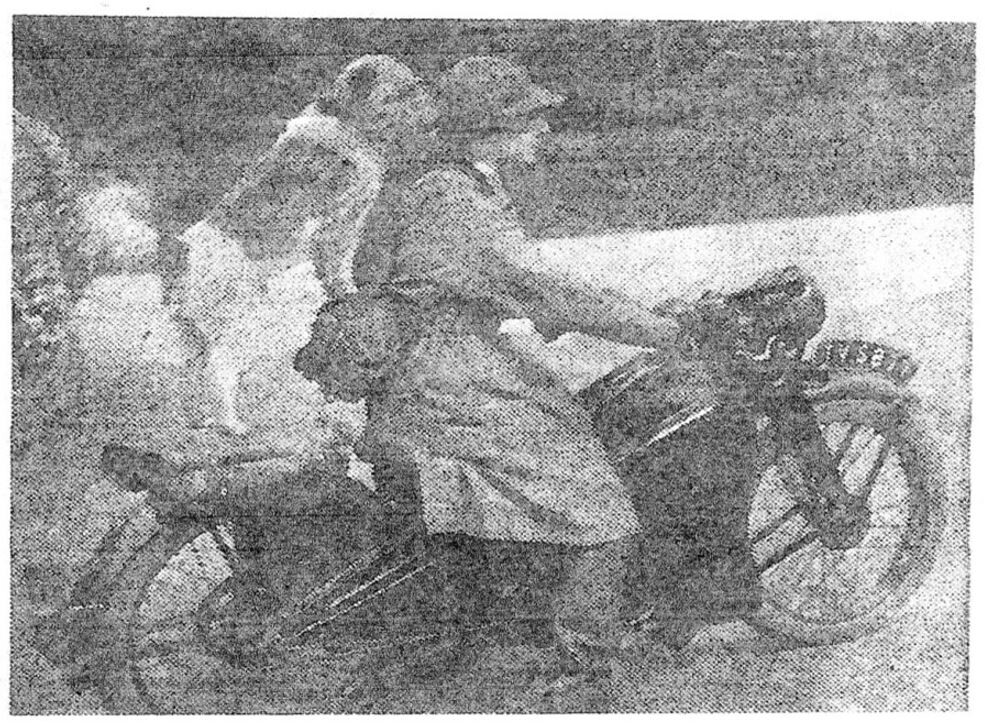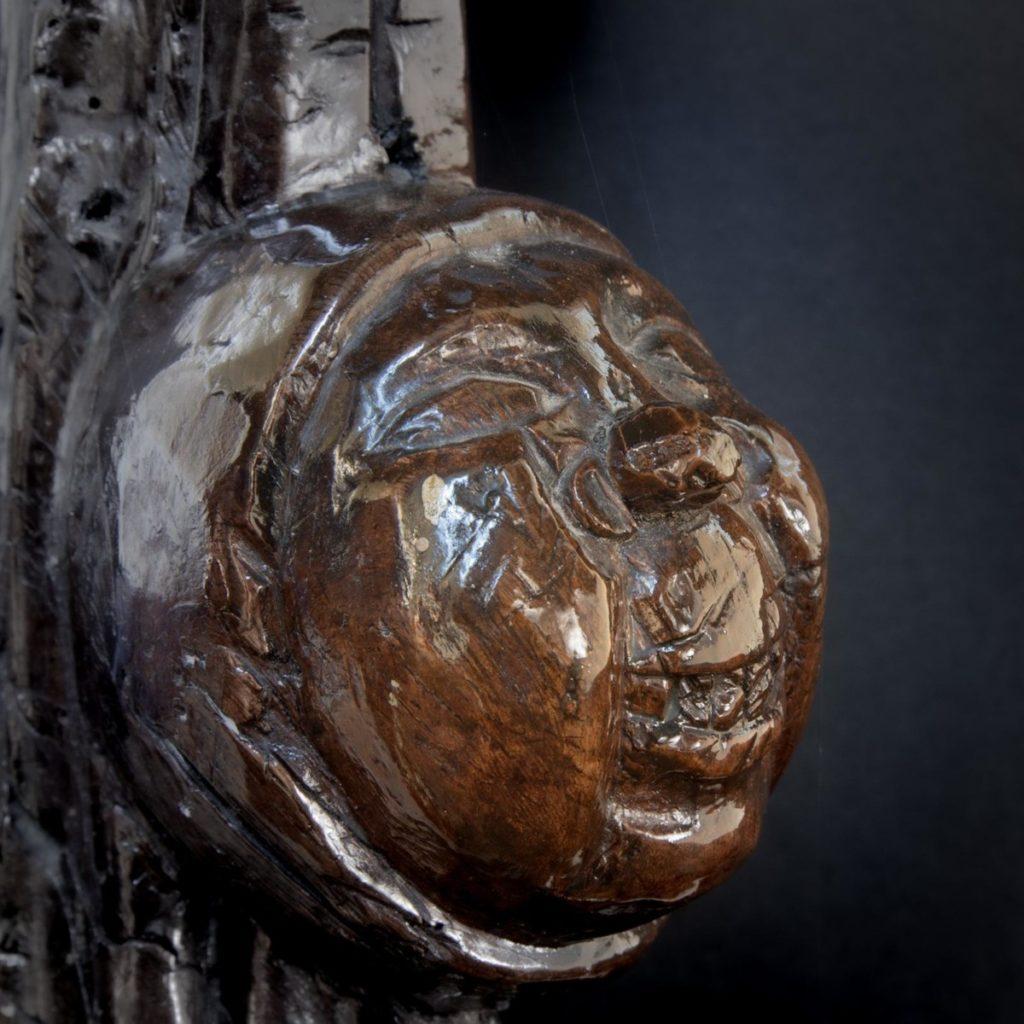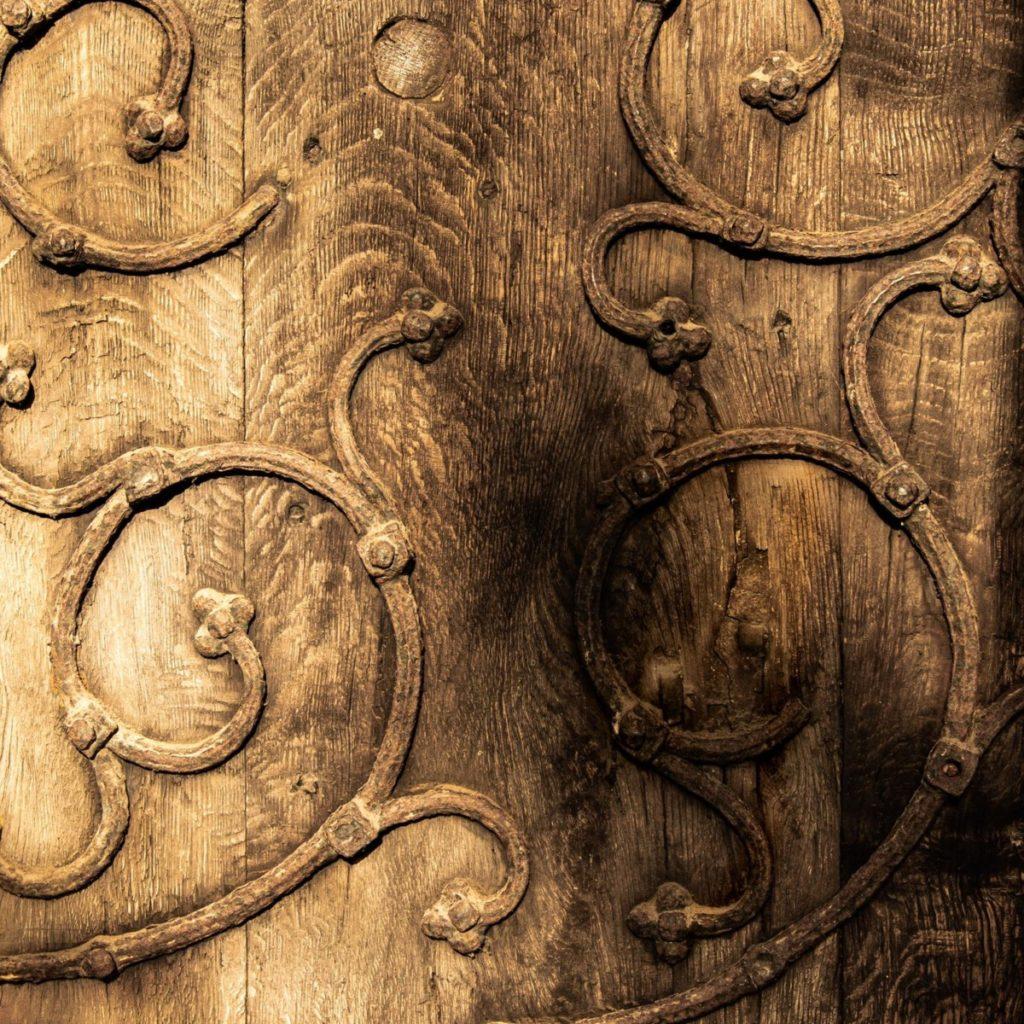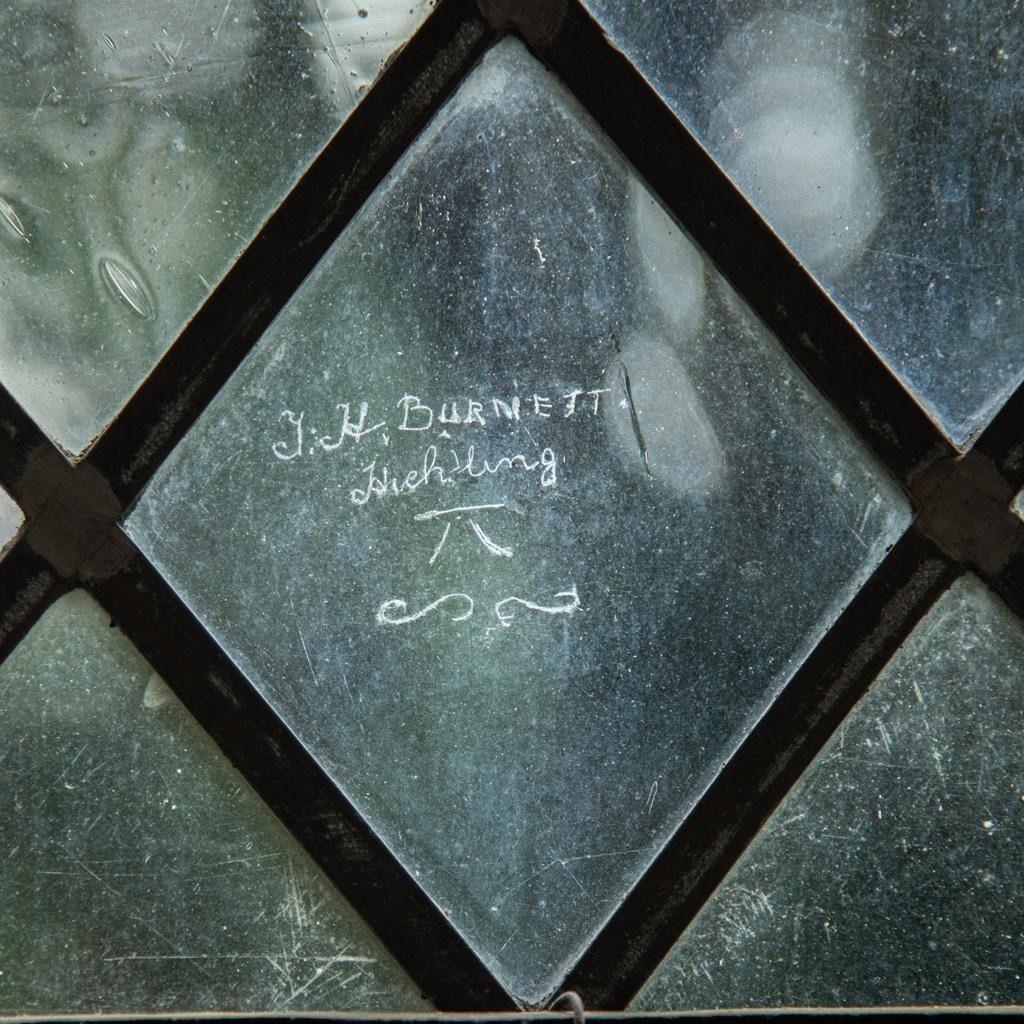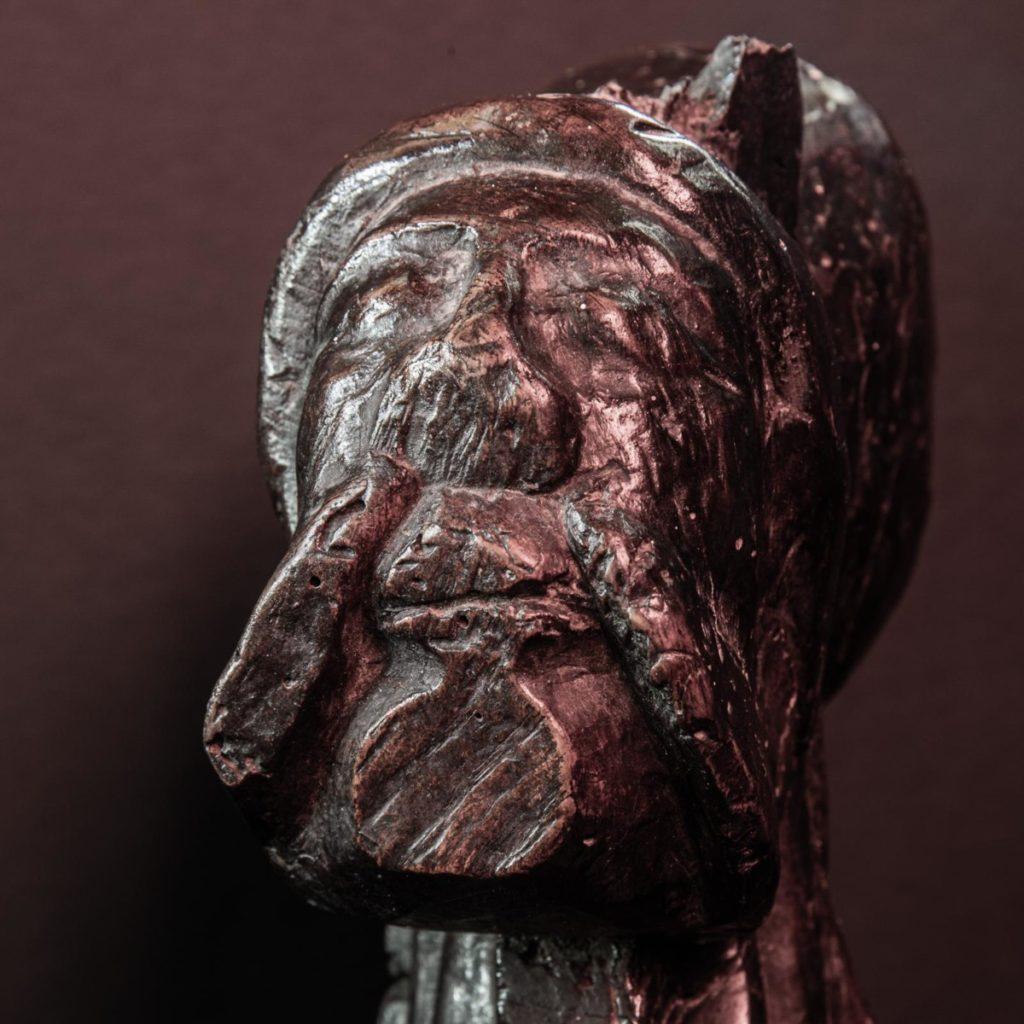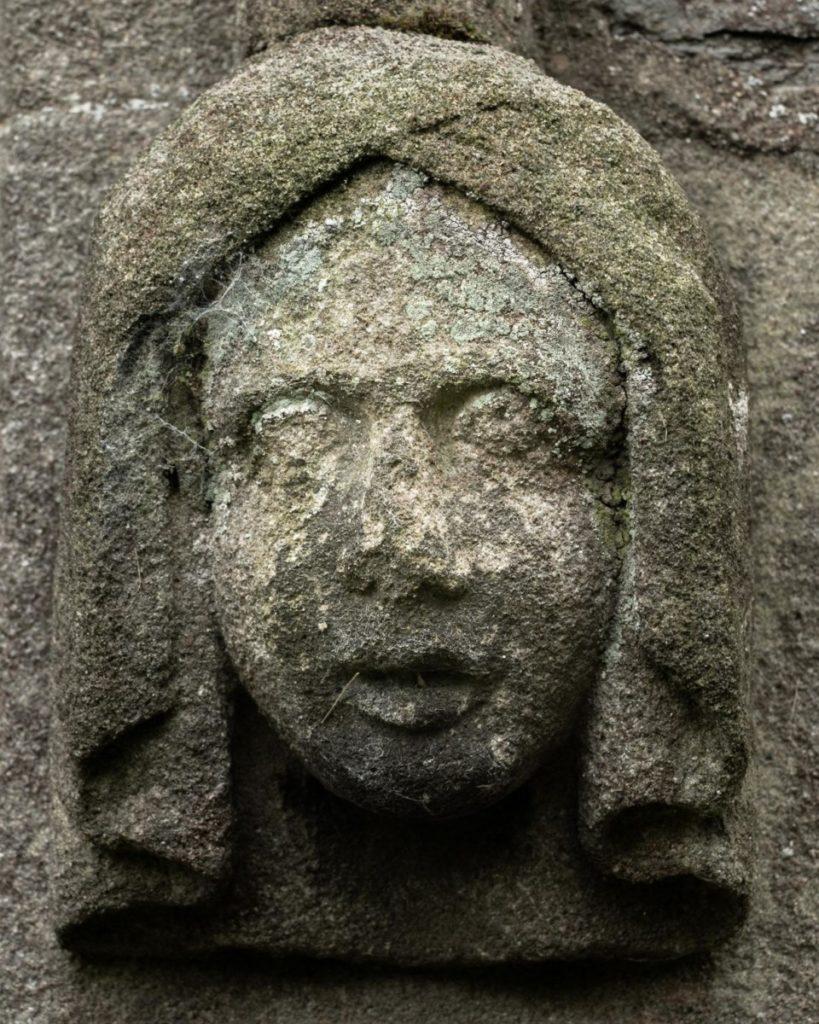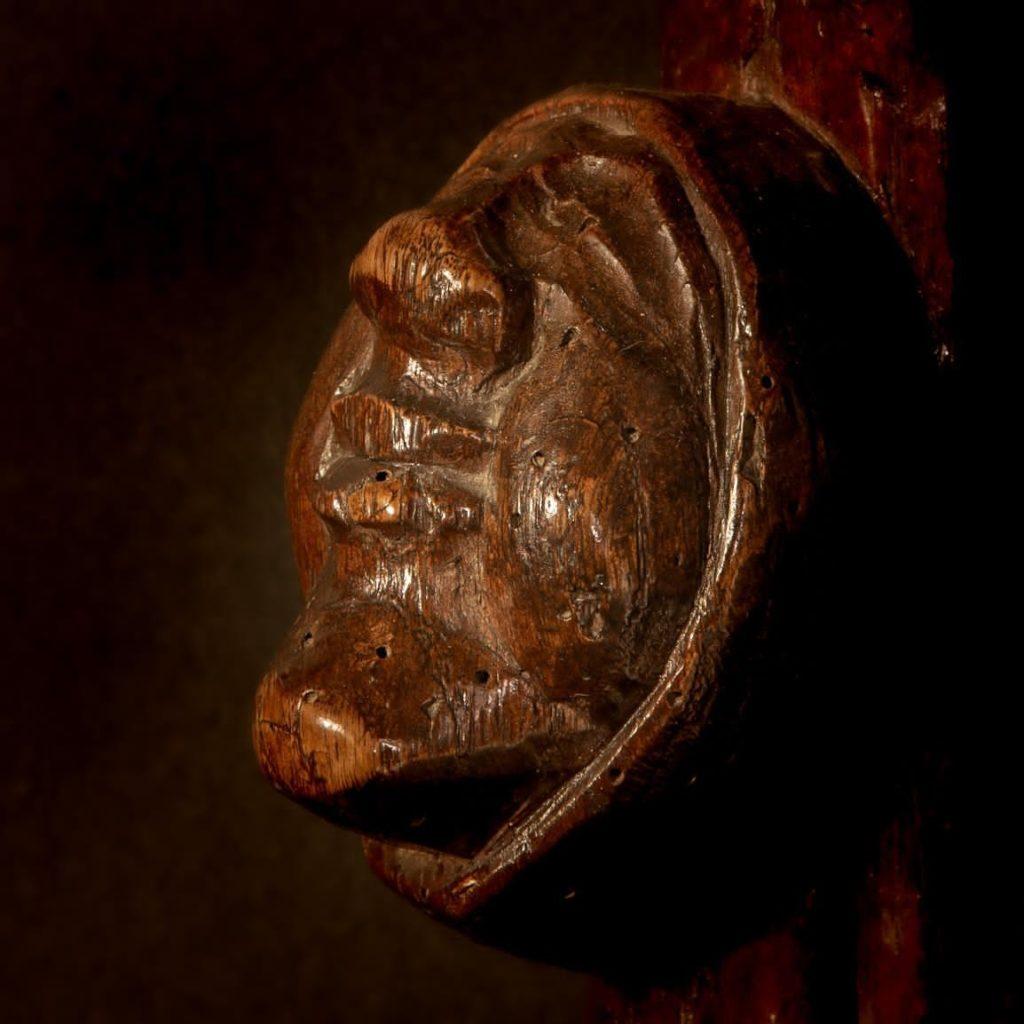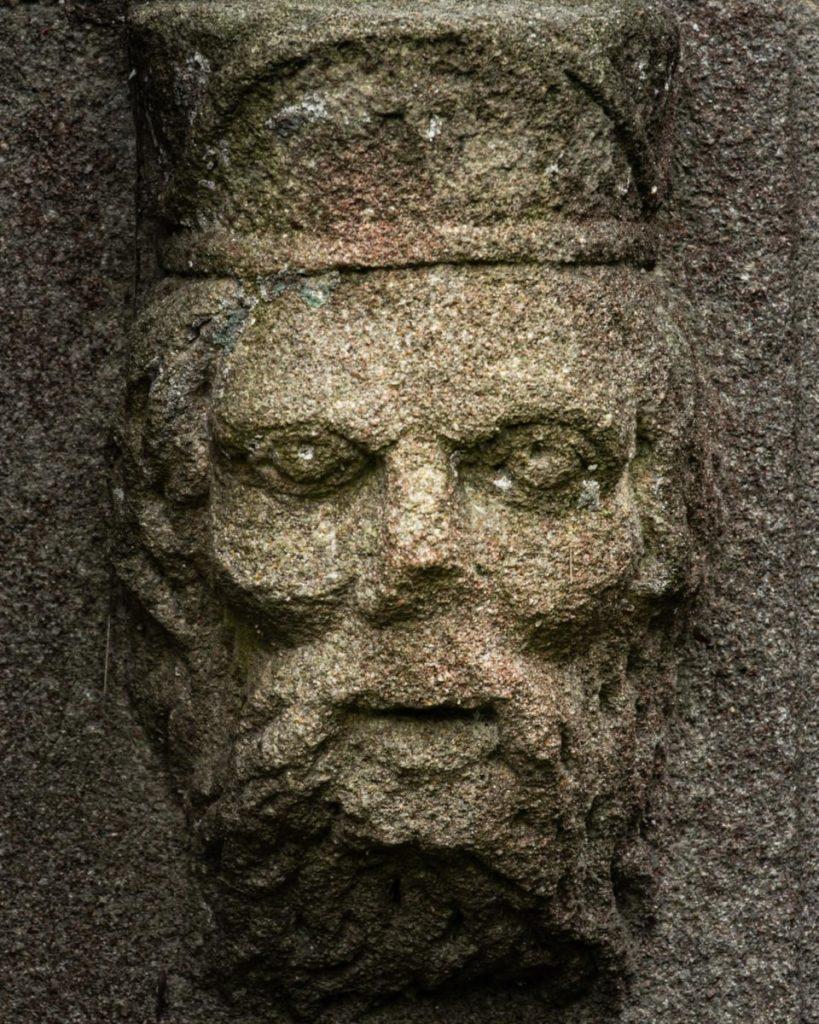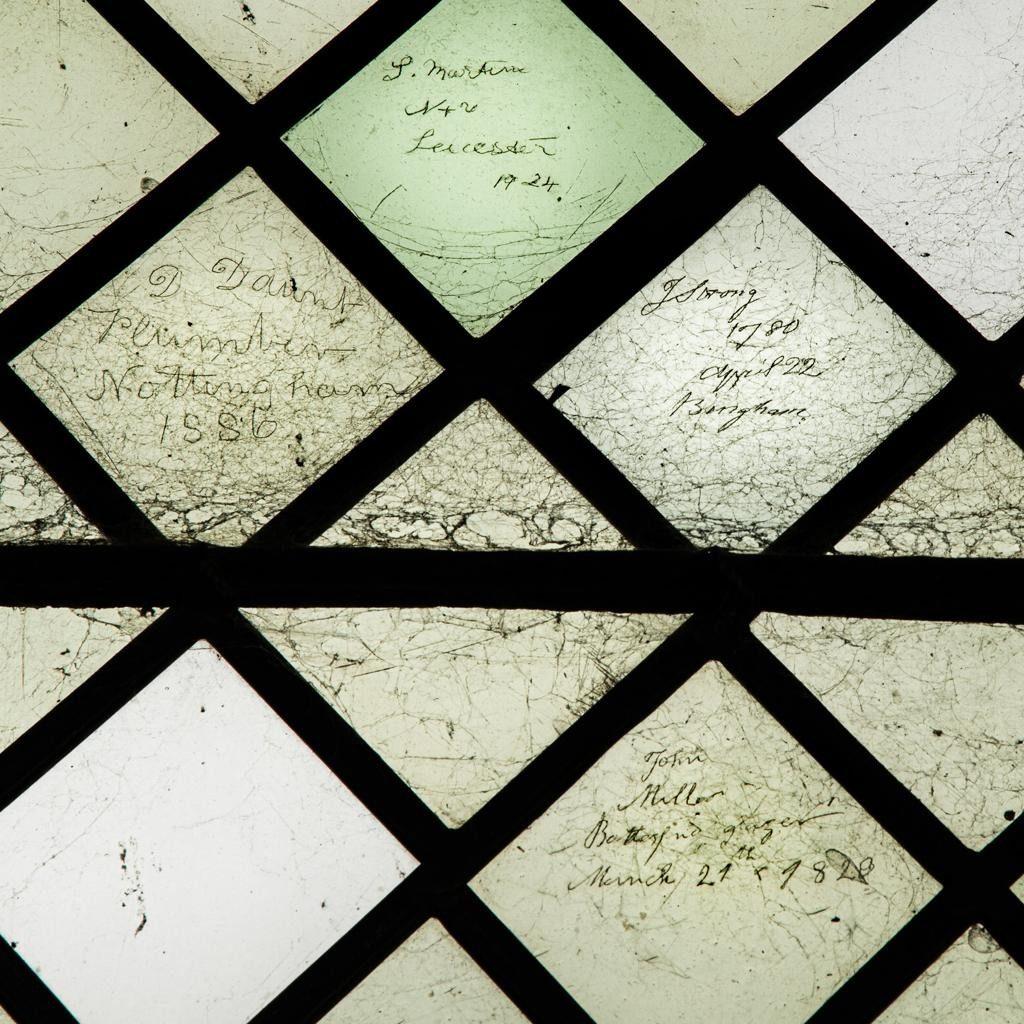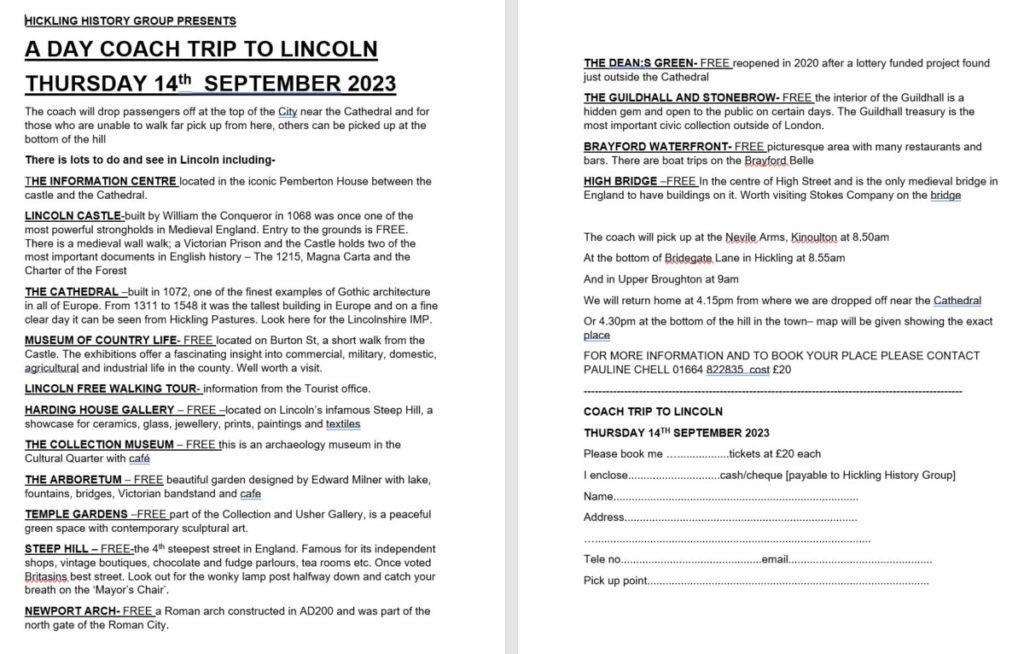We’re collecting your Hickling fishing stories – are you a “piscatorial enthusiast”?!
Unfortunately, we probably have to accept that the legend of the Whale of Hickling Basin is just a fishermen’s tale or a story to frighten the children; nevertheless, there are lots of fish.
We’d love to hear your fishing tales and memories and we’d love to hear from you if you fancy contributing an article about fishing in Hickling.
Follow the link for news clippings including the story of Min the fishing cat who successfully stole fish as they were pulled from the water to feed her kittens.
One of these news articles from 1932 records that, “Perhaps Hickling is principally known for its Basin which is a favourite haunt of piscatorial enthusiasts”, the writer goes on to describe a bream weighing 4lb6oz caught by a Mr Langford and which gave a “wonderful fight for fifteen minutes” and was proclaimed the largest catch for two seasons. “These are not fishermen’s weights but the actual ones, the fish being weighed before several of the enthusiastic villagers.”
Sadly, there are no longer any eels to be caught but pike and bream continue to be a sought after catch.
A new line of 12 fishing pegs was added in August 2023; hopefully, there are more fishing tales still to be written.

